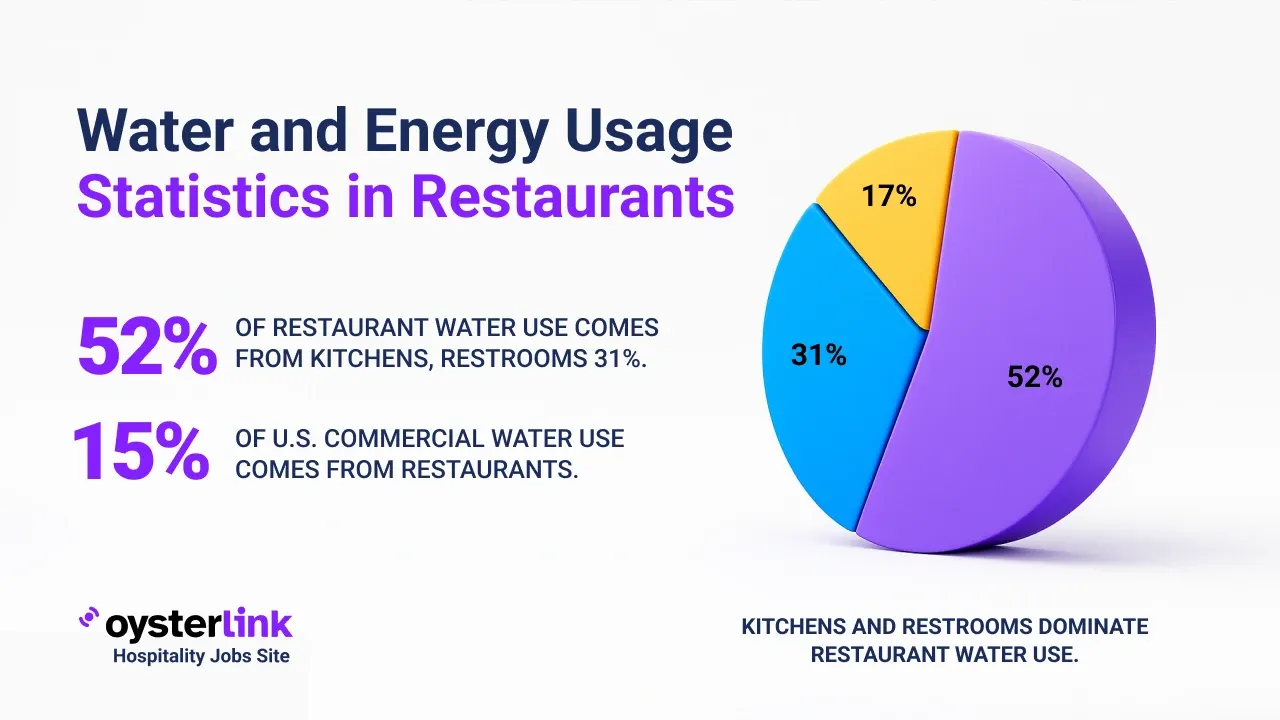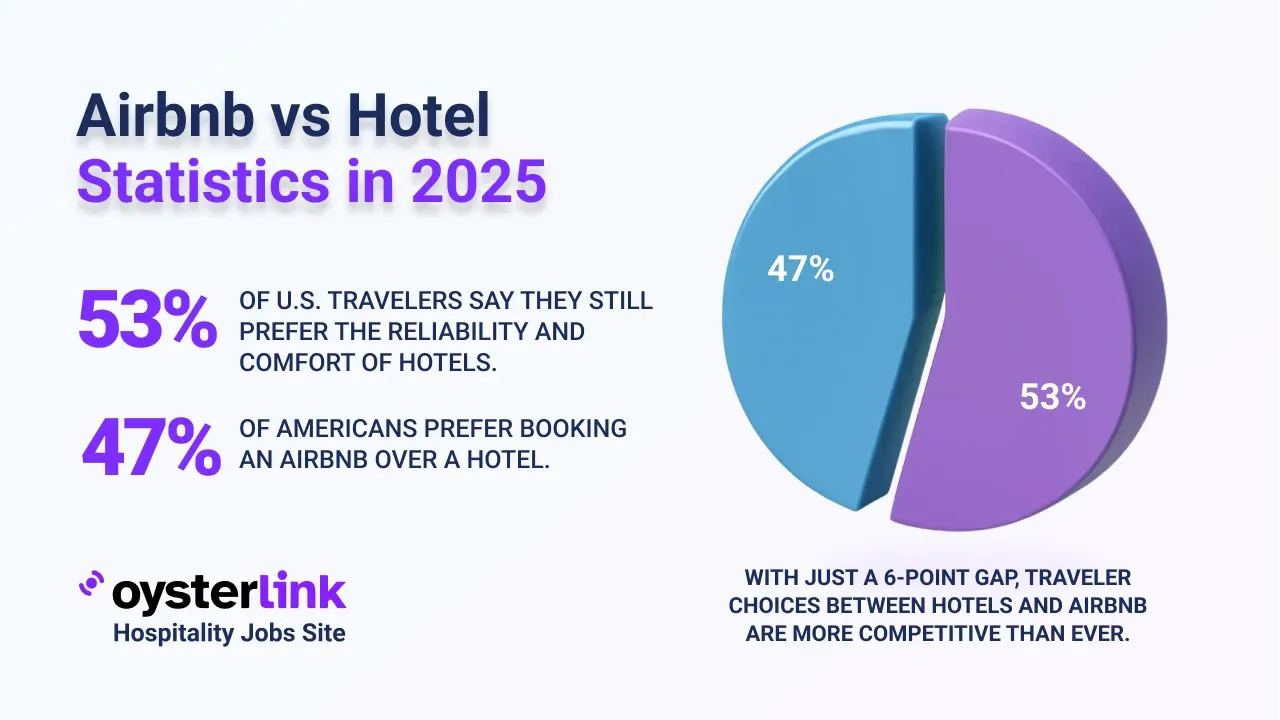Olympia, WA Cost of Living: Quick Takeaways
- Housing Costs: Rent for a one-bedroom in Olympia rose from $900 in 2010 to an expected $1,847 in 2025.
- Transportation Expenses: Public transit monthly passes cost about $75, with fuel prices averaging $4.17 per gallon.
- Healthcare Costs: Employer-sponsored health insurance averages $150 monthly, while Silver plans cost around $650.
- Income Levels: Median household income projected to be $76,930 in 2025.
Olympia, Washington, the state's capital, combines natural beauty with a growing economy. Understanding its cost of living helps residents and newcomers budget appropriately.
This article provides an extensive breakdown of living expenses in Olympia for 2025, covering key areas such as housing, utilities, transportation and more.
1. Housing Costs in Olympia, WA
Housing is a large expense for residents. Here's a look at the average rent for a one-bedroom apartment over recent years:
- 2010: $900
- 2015: $1,050
- 2020: $1,200
- 2024: $1,509
- 2025: $1,847
These figures depict a sizable rise in rental prices reflecting Olympia's growing demand and development.
For hospitality businesses in the city looking to set up or expand, understanding hospitality real estate market trends is essential for making informed decisions.
2. Homeownership and Real Estate Trends in Olympia, WA
The housing market for buyers has appreciated substantially recently:
- 2010: Median home price around $150,000
- 2015: $200,000
- 2020: $300,000
- 2024: $457,900
- 2025: $548,734
This steep price increase highlights the area's growing appeal but also concerns of affordability.
3. Transportation Expenses in Olympia, WA
Transportation costs in Olympia cover public transit, fuel and vehicle maintenance:
- Public Transit: One-way fare ~$2.00; monthly pass costs $75.00
- Fuel Costs: Average price per gallon is $4.17
- Vehicle Maintenance: Annual expense averages $1,200
Individual costs vary depending on travel habits and frequency.
4. Utility Costs in Olympia, WA
Typical monthly utility bills for a standard apartment include:
- Electricity: $165.69
- Internet: $50.00
- Total Utilities: $215.69
Utility prices depend on consumption and providers.
5. Grocery and Food Expenses in Olympia, WA
Food expenses tend to be slightly above average in Olympia.
Monthly groceries per person average around $723. Dining out ranges from casual meals at $15 to mid-range restaurants where meals average $50.
Restaurants and bars in Olympia may consider the insights on online ordering vs dine-in statistics to adapt business models effectively.
6. Healthcare Costs in Olympia, WA
Healthcare expenses include both insurance and out-of-pocket costs.
Employer-sponsored insurance costs about $150 monthly, while Silver plans are priced near $650 per month.
7. Educational Expenses in Olympia, WA
Education costs vary depending on choice:
- Public Schools: Generally free
- Private Schools: Average tuition $10,000 annually
- In-State University: Tuition averages $7,000 per year
These are approximations and vary by institution.
8. Entertainment and Leisure in Olympia, WA
Residents have access to many entertainment options with varying costs:
- Movie Tickets: About $14 each
- Gym Membership: Around $30 monthly
- Mid-Range Restaurant Meal: $40 average
Estimated annual expenses include $2,500 for entertainment and $800 for personal care services.
9. Taxes and Miscellaneous Fees in Olympia, WA
Tax rates impacting residents include:
- State Income Tax: Washington state has no income tax
- Sales Tax: Total tax rate is about 8.9%
- Property Tax: Proposed rate around 1% of property value
These taxes influence the overall cost of living.
10. Childcare and Family Expenses in Olympia, WA
Childcare can be a significant household expense:
- Daycare: $1,000 monthly on average
- After-School Programs: $300 monthly
- Extracurricular Activities: Typically $100 per month
Families should budget accordingly for these costs.
11. Clothing and Personal Care in Olympia, WA
Monthly spending includes roughly:
- Clothing: $115
- Personal Care Products and Services: $54
These expenses vary with personal lifestyle choices.
12. Insurance Costs in Olympia, WA
Insurance premiums contribute notably to monthly expenses:
- Health Insurance: Average monthly premium for a Silver plan is $650
- Auto Insurance: Annual average $1,200
- Homeowners Insurance: About $1,000 annually
- Renters Insurance: Around $200 yearly
These help protect residents from unforeseen costs.
13. Miscellaneous Expenses in Olympia, WA
Additional annual expenses in Olympia include:
- Entertainment: $2,500
- Personal Care Services: $800
- Miscellaneous Goods and Services: $700
These reflect the varied spending habits of residents.
14. Income and Salaries in Olympia, WA
Historical median household income trends show growth:
- 2010: $46,000
- 2015: $50,000
- 2020: $57,760
- 2023: $76,930
- 2025: $76,930 (projected)
Increases suggest economic progress supporting rising living costs.
Local employers in the hospitality industry can benefit from understanding restaurant labor shortage trends which influence wage levels and hiring practices.
15. Comparison with National Averages
Olympia's cost of living differs across categories:
- Overall Cost of Living: Approximately 12% higher than the national average
- Housing: 19% above national average
- Utilities: About 10% lower than average
- Food: 4% higher than average
- Healthcare: Approximately 17% higher
- Transportation: 29% more expensive
- Goods & Services: 11% higher than average
These differences highlight Olympia's unique economic landscape.
Our Methodology for Olympia Cost of Living Figures
This analysis uses trusted data sources including government databases, housing market reports, transportation agencies and health statistics providers.
Where direct data was unavailable, we applied reasonable estimates based on regional trends.
Olympia, WA Cost of Living: Conclusion
The cost of living in Olympia in 2025 reflects a balance of growth and affordability considerations across housing, transportation and other living expenses.
Higher housing and transportation costs are somewhat offset by lower utility prices, but residents face above-average expenditures in healthcare and general goods and services.
Understanding these factors and comparing them to income levels is vital for current and prospective residents planning their finances.
For those in the hospitality sector looking to improve staff retention in Olympia's competitive market, reviewing strategies outlined in best strategies to retain restaurant staff may provide valuable insights.

.webp)

.webp)
